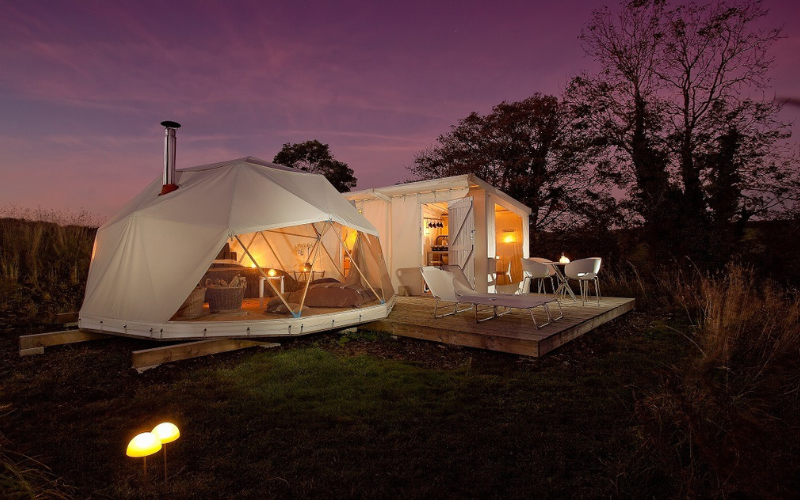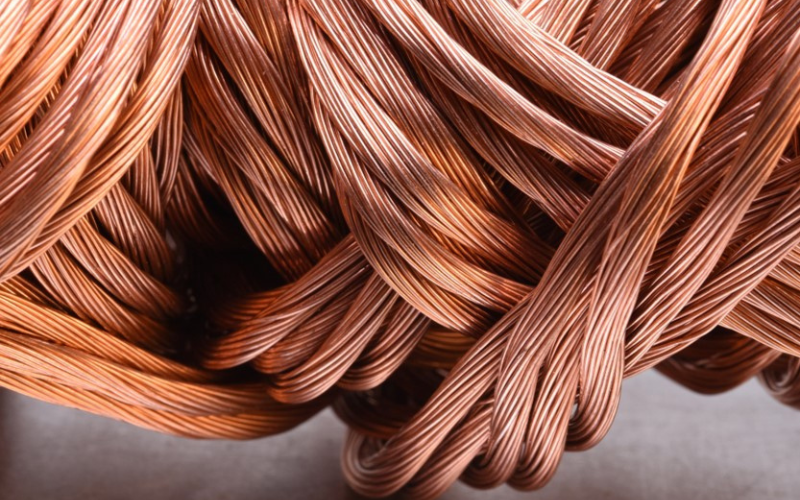Understanding the different types of structural systems can help us appreciate the design and functionality of everyday objects, such as tents. In this article, we explore whether a tent is considered a tensile structure. We will define what tensile structures are, examine the characteristics of tents, and discuss how tents utilize tensile principles in their design.
What is a Tensile Structure?
A tensile structure is a construction of elements carrying only tension and no compression or bending. The term “tensile” refers to “tension,” highlighting how these structures bear load primarily through tension in the stretching of fabric or other materials. Tensile structures are characterized by their minimalistic yet strong design, often creating expansive areas free from internal supports. Examples of tensile structures include suspended roofs, shade sails, and cable nets.
The Basic Construction of a Tent
To understand if a Tent structures is a tensile we must first look at its components:
- Poles
These are typically made of materials such as aluminum, fiberglass, or steel. They serve as the primary support, holding up the structure.
- Fabric Cover
This is usually made from lightweight, durable materials like nylon or polyester. The fabric serves as the enclosure of the tent, providing shelter and protection from environmental elements.
- Guy Lines and Stakes
These are used to secure the tent to the ground, ensuring stability and rigidity, especially in windy conditions.
Is a Tent a Tensile Structure?
Considering the definition of tensile structures, tents exhibit several relevant characteristics:
- Utilization of Tension: Tents rely significantly on the tension created between the poles, fabric, and guy lines to maintain their shape and stability. The fabric, when stretched and secured by the poles and stakes, primarily experiences tension.
- Lack of Compression or Bending Elements: While the poles themselves may experience some compression, the overall structural integrity and shape of the tent are maintained through tension in the fabric and guy lines.
Characteristics and Benefits of Tents as Tensile Structures
Tents as tensile structures offer several advantages due to their design:
- Lightweight and Portable: The use of tension allows tents to be lightweight yet strong. This makes them easy to transport and set up, an ideal feature for camping and outdoor activities.
- Flexibility in Design: Tents can be designed in various shapes and sizes, utilizing the flexibility of the fabric and the placement of poles and guy lines to create different configurations.
- Efficient Use of Materials: Tensile structures are efficient in their use of materials. Tents require less material than other types of structures like shells or frames, which must use more material to handle compressive and bending forces.
Enhancements in Tent Design
Modern tent designs continue to evolve, incorporating advanced materials and technology to improve their function as tensile structures:
- Waterproof and UV-Resistant Fabrics: New materials enhance the protective qualities of tent fabrics, making them more suitable for a variety of climatic conditions.
- Improved Durability: Advances in material science have led to fabrics that are not only lightweight but also incredibly durable, resisting tears and punctures.
- Innovative Shapes: Architectural advancements have allowed for creative tent designs that maximize interior space while maintaining the benefits of tensile structures.
Practical Applications of Tents as Tensile Structures
The principles of tensile design make tents suitable for a range of applications beyond traditional camping:
- Emergency Shelters: Tents are often used as temporary shelters in emergency situations due to their quick deployment and ability to create covered spaces efficiently.
- Event Pavilions: Large-scale tensile structures are commonly used for events, providing shelter that is both effective and aesthetically pleasing.
- Recreational Spaces: From beach canopies to park pavilions, tensile tents offer versatile solutions for outdoor recreational spaces.
Conclusion
In conclusion, a tent structures is indeed a tensile . It utilizes tension as the primary force within its fabric, supported by poles and secured with guy lines and stakes. This design approach offers several advantages, such as portability, flexibility, and material efficiency, making tents not only practical for outdoor adventures but also valuable in various applications like emergency response and public event hosting. As material technology and design innovation advance, the role of tents as tensile structures is likely to expand, enhancing their functionality and applicability in numerous fields. Understanding these concepts helps users appreciate the ingenuity behind the simple, yet profoundly effective design of the tent. Thank visiting theguestbloggers.com




